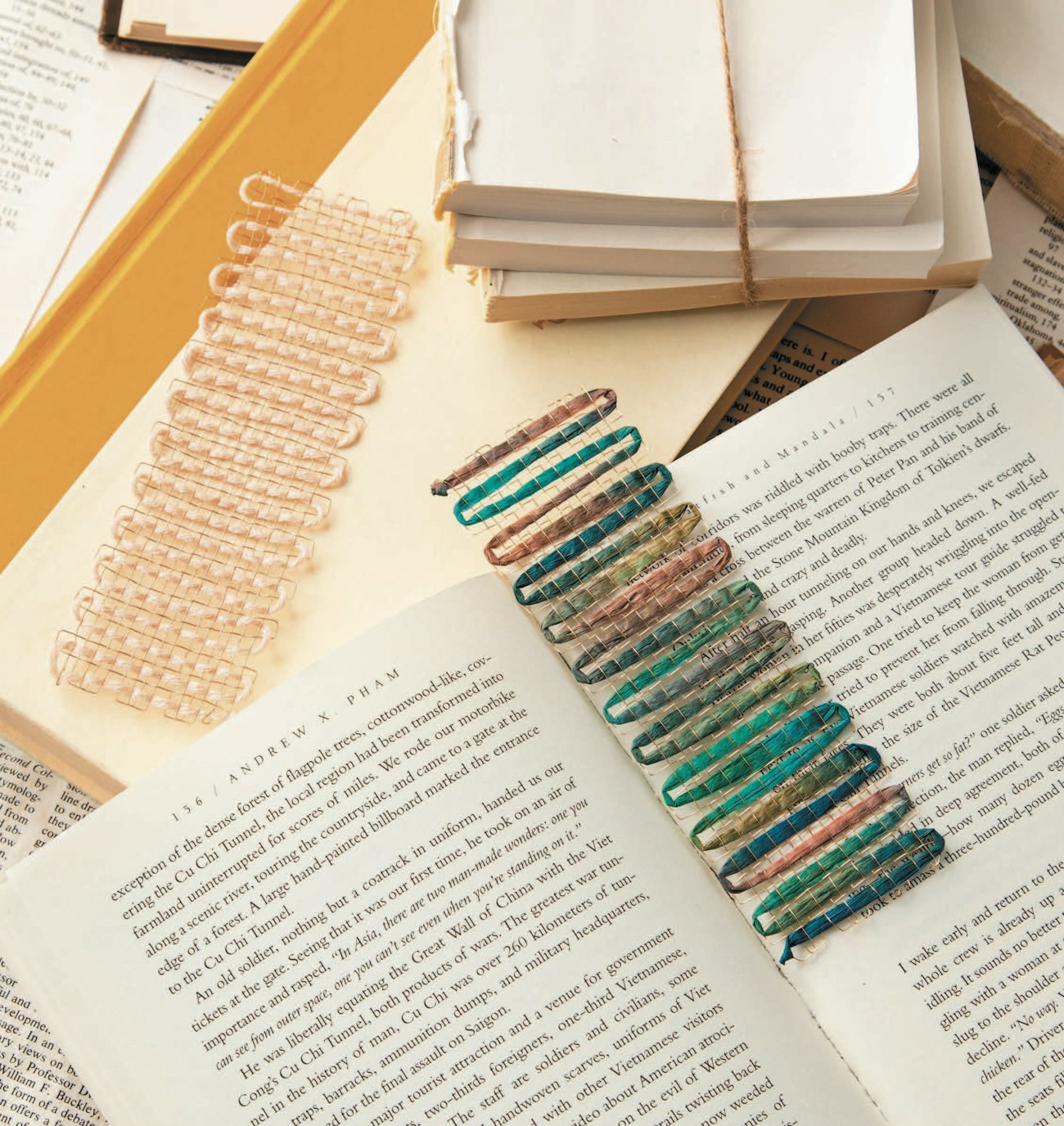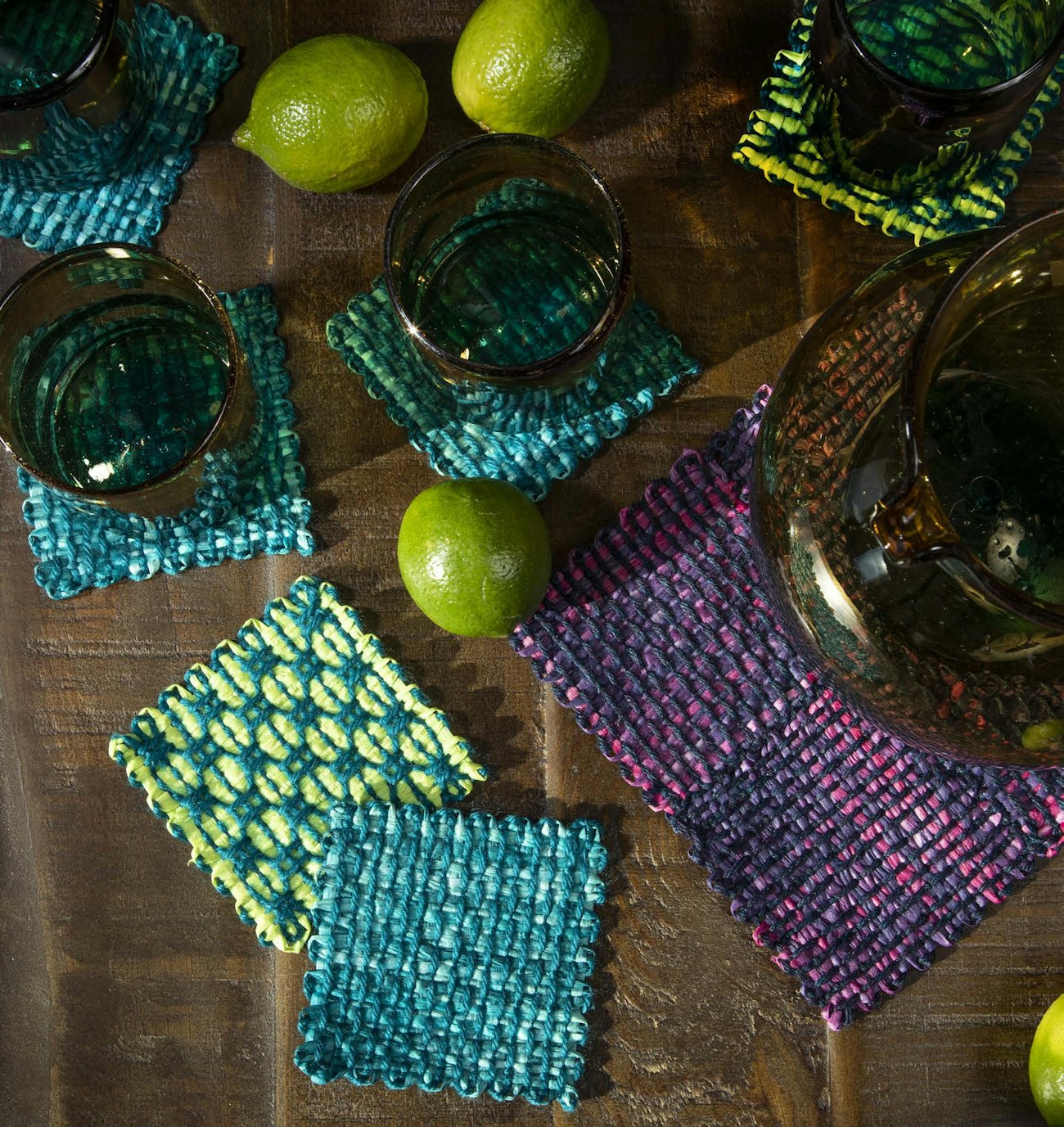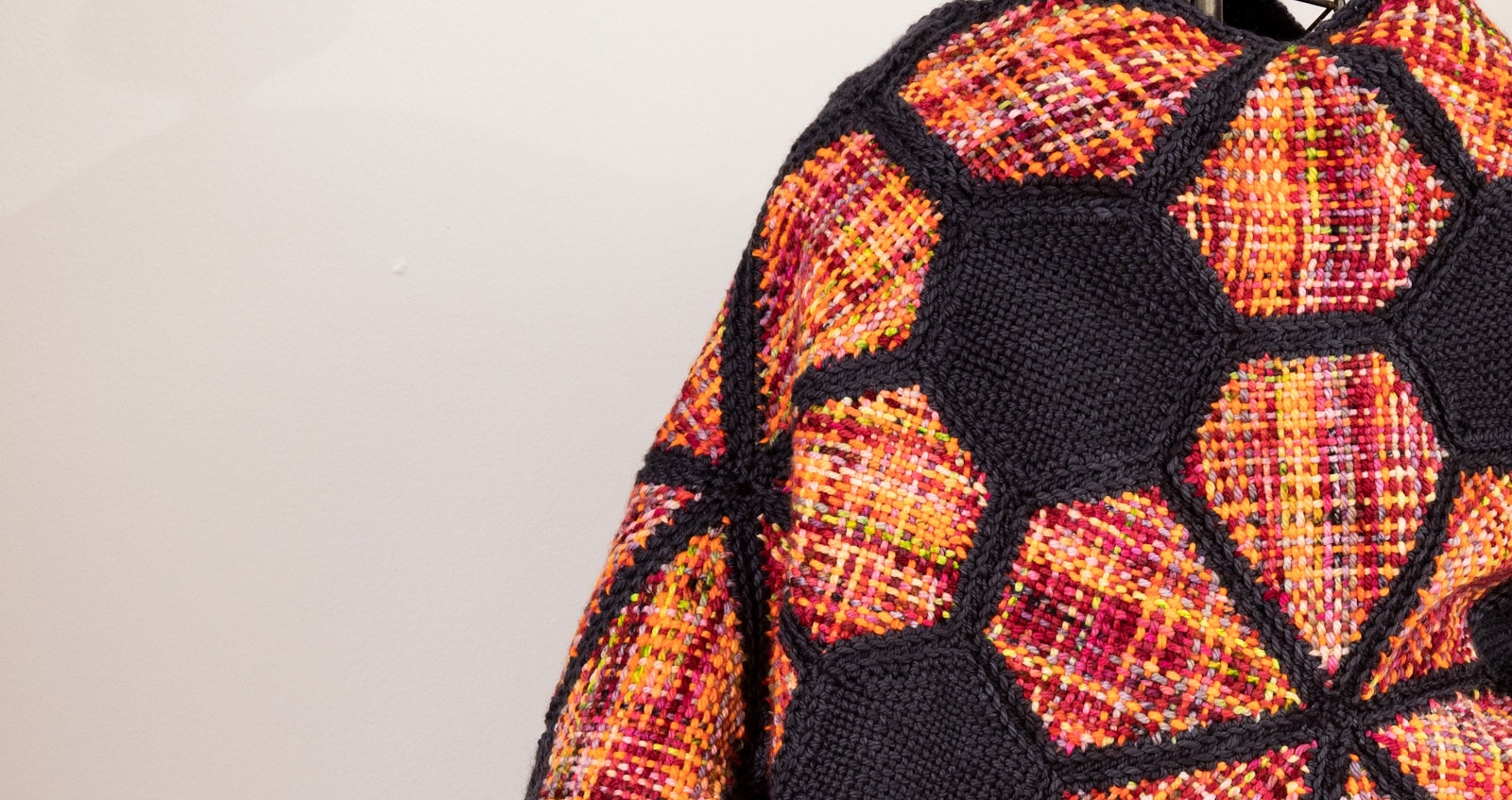If there’s one thing I love as much as weaving, it’s probably baking bread. I try to bake at least once a week and always looking for new recipes to try out. (I love baking so much that last year for my birthday my husband bought me flours--rye and a pumpernickel blend to be exact.)
I think part of the reason I love baking bread is similar to the reason I love weaving---simply by combining the same ingredients in different ways you can create many truly wonderful things. The same ingredients for my favorite French bread are the same that go into my sourdough. Trade out some of the white flour for rye, and the sourdough now becomes a sour rye. Add egg and dairy into the mix and a white bread becomes rich brioche. While all yeast breads share similar ingredients (flour, yeast, and water) and similar steps (mix, let rise, fiddle with the dough, let it rise again, then bake) there are infinite variations you can produce.
The same goes for weaving. You can take the same ingredients, but by treating them differently or adding this or substituting that you can create many truly marvelous pieces of cloth. This is especially evident with pin looms.
 Pin looms are a great way to use fun yarns and even non-yarn weaving materials! In her bookmarks from Winter 2022, Greta Holmstrom used a combination of wire and ribbon yarn.
Pin looms are a great way to use fun yarns and even non-yarn weaving materials! In her bookmarks from Winter 2022, Greta Holmstrom used a combination of wire and ribbon yarn.
Each pin loom square is woven in basically the same fashion: you always warp the loom the same way and when you’re done weaving, you have a nice square of cloth. BO-RING, right? No way! Just like with baking, you can take this basic premise and play with it to your heart’s content.
I’m a big fan of fashion yarns—if it’s got glitter in it, I’m buying it—and pin looms are a great way to use metallic yarns in a way that, wait for it, let’s them truly shine. (I’d say I’m sorry but I’d be lying.) Same goes for textured yarns. So long as it’s not too thick for the pin loom, you can take lumpy-bumpy yarns and use them in a way that makes them stand out. (Ok, I’m done.)
You can also skip threads when weaving in the weft to create designs on the squares from basic patterning to actual shapes like hearts. You can use thin yarns to create lacy squares or wool yarns that can be turned into wet-felted squares. You can combine different colors in warp and weft or use two thin yarns together as a single warp/weft. It’s amazing!
 In her Patio Party Mats from Summer 2023, Margaret Stump uses 2 colors of yarn and basic pick-up to create gorgeous designs—all on a simple little square.
In her Patio Party Mats from Summer 2023, Margaret Stump uses 2 colors of yarn and basic pick-up to create gorgeous designs—all on a simple little square.
In baking, one of my favorite parts of the process is shaping. Contrary to what you might find in your grocery store, there are so many ways to shape dough: baguettes, batards, boules, epis (my favorite), epi wreaths, braids, and so much more. Similarly with pin-loom squares you can join and fold and sew them into some truly amazing projects. They can be pieced together using sewing, crochet, or knitting techniques to make shawls, scarves, blankets, and even skirts, vests, dresses, and the like.
I love how weavers, such as Deb Essen, look at these squares and see infinite potential. Using nothing but pin-loom squares you can designed a menagerie of wonderful stuffed animals.
After watching Deb’s video Pin Loom Weaving in New Dimensions I was blown away by how easy it really is to take those squares and turn them into complex (but not complicated) projects. Deb’s video starts at the beginning as she walks you through using the pin loom and choosing yarns. Then she dives right in and starts a discussion on how to use color, texture, and so on for great effect. Last, she walks you through her process for taking those squares and using them to create three-dimensional items.
I’m always a big fan of when weaving books or videos don’t just teach you how to weave a specific Item, but rather gives you the tools you need to design your own. Deb’s video is just that, a guide to not just using pin looms to create squares, but how you can use those squares to create just about anything. If you still need or just want a recipe, don't worry! (We feature stuffies frequently in Easy Weaving with Little Looms and we have a whole eBook of them by Deb Bagley!)
I don’t think I’ll ever get bored of baking bread and weaving, so long as there are new recipes to try and new flavors to taste. I love that there’s always something new just beyond the horizon, and I am especially glad that there are wonderful bakers and weavers who are more than happy to share what they’ve learned.
Happy Weaving (and Baking)!
Christina

